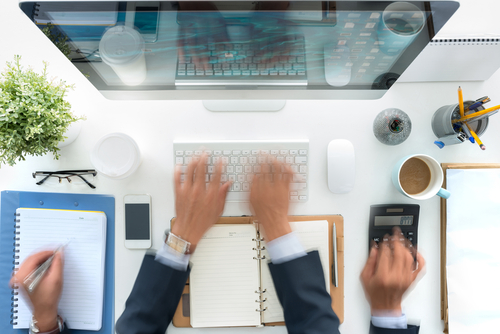Today is International Jugglers’ Day, so you know what that means? That’s right, a blog post about juggling, multitasking and project management.
We’ve all been there, when it feels like you’re trying to juggle too many things – responding to emails in a meeting, or taking phone calls while typing up a proposal for a project change. On your CV you probably boast this skill as ‘multitasking’.
Did you know the term multitasking was first coined by IBM back in 1965, to describe the capabilities of their new computer? Ever since this term was applied to people, psychologists have been researching what multitasking really is, and how it affects the mind. Many studies have shown that effective multitasking is a myth, as the brain can only truly focus on one stimuli at once. An estimated $650 billion a year is wasted in US businesses due to ineffective multitasking.
However, there are exceptions to the rule. You can multitask if:
- One of the tasks comes to you as a second nature. Such as walking and talking.
- The tasks being completed involve different brain processes. Such as listening to instrumental music and reading.
So how do we stay focused in jobs that require us to be “multitaskers”? The obvious answer is to remove as many other distractions as possible.
Keep your desk clear

This may be the simplest item in this article, but it is important nonetheless: start by removing any unnecessary clutter from your desk. Do you keep hold of old birthday cards and strange promotional gifts? Ask yourself why. Make sure not to remove everything so your desk is devoid of life, but make sure you have enough space to work without knocking things over, and you are able to find things easily.
Turn off your smartphone
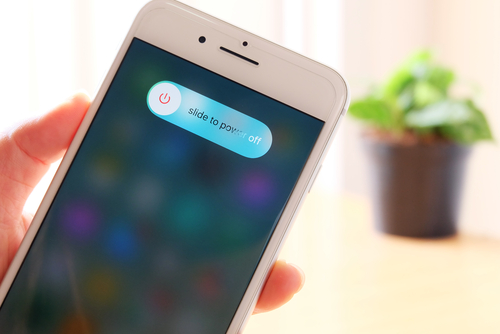
If you don’t need your smartphone for work, the best thing you can do is turn it off and put it away where you cannot see it. As the old proverb goes, “out of sight, out of mind” – this way you won’t keep checking your phone to see if you have a new message or an invite to drinks in the evening.
Limit your websites
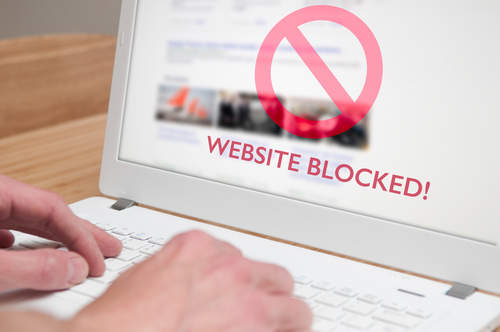
Do you find yourself checking the news regularly or looking for images of cats? You may think this is just a quick 2 minute break, but when break your work flow you often take far longer to get back on track. If you know you are guilty of this, install a blocking extension on your browser such as StayFocusd. You will soon find yourself out of the habit and staying in the ‘zone’ for longer.
Plan your day
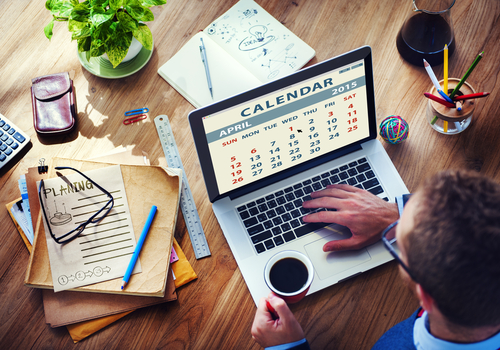
If possible, try and schedule your work day. Sit down in the morning or the evening before, and decide what you will need to do the following day, blocking out sections of time of each task. Remember this doesn’t need to be rigid. This will help you focus on the task at hand, and be more likely to get it done more quickly, and to a higher standard.
Allocate time to check your emails
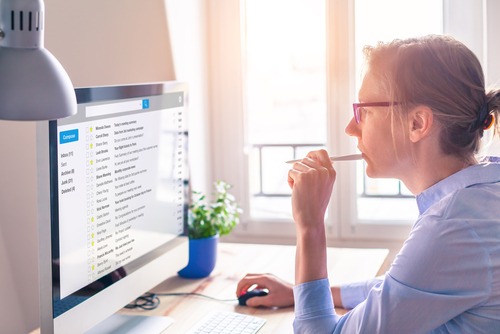
Do you find yourself stopping what you’re doing every time a new email hits your inbox, just so you can deal with it straight away? Even though you know it’s non-critical? Turn the notifications off on your inbox, so you no longer get a pop-up every time you receive an email. You can always set up a rule to only notify you when something arrives that’s marked as high priority, or from a certain colleague/client.
Stay hydrated

This may seem like an odd tip to read during a project management post, but it really is important to stay hydrated during the day. Making sure you drink enough fluids during the day can help improve your work productivity, and helps you to perform better both mentally and physically. But how much water should you aim to drink? The European Food Safety Authority recommends a total intake of 2.5 litres for men and 2.0 litres for women from a combination of food and drink.
Return to your to-do list
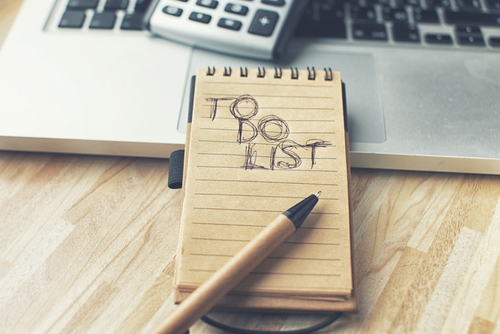
Once you’ve completed something, cross it off your list, and make sure to keep adding to it. It’s a handy tool to use, and if you aren’t quite feeling what you’re working on you can always shelve it and attach something fresh. We know you’re trying to quit multitasking but if you’re getting nowhere with the current task, there’s no point wasting time. Put it down and pick up the next item on your list, but make sure you only put off the original task once.
Before you start turning from multitasking, make sure you let your team know. Tell them when your open door times are, when you will be taking calls, and when your inbox reviews take place. And of course, it if is urgent, send it through right away!


